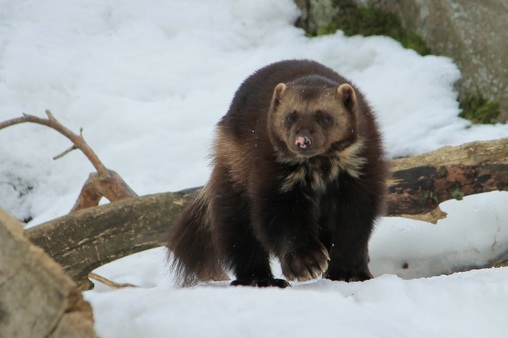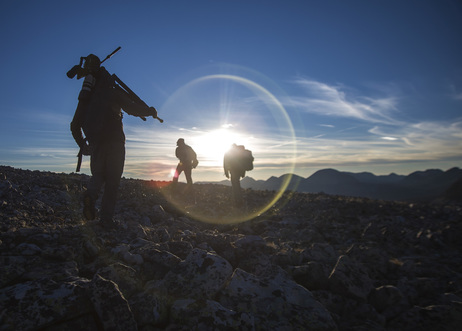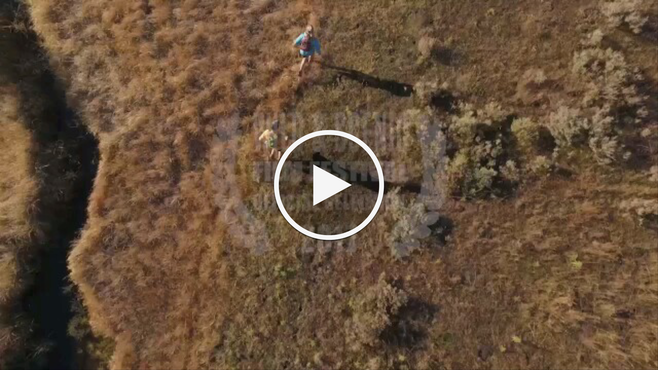By: Danny Schmidt & Victoria Ortiz

Solitary, elusive, and badass – meet the real wolverine
In February of 2014, a remotely triggered camera in Utah’s rugged Uinta mountains captured a picture of something no one thought possible in the area: a wolverine. This elusive creature hadn’t been spotted here for nearly 40 years. This one photograph set in motion
a massive undertaking to find if these badasses of the animal kingdom were setting up shop here for good. Under the guidance of Adventure Scientists, ultrarunners took to the mountains setting up and checking camera traps around the ecosystem in search of more photographic evidence.
Danny Schmidt captured this process in
Running Wild, a short documentary recently selected by the
Wild and Scenic Film Festival for their 2017 lineup.
Little current data existed about the abundance of wolverine and lynx across the Uintas. To help fill this gap in understanding, Adventure Scientists managed an impressive corps of outdoors people to set up and take down camera traps, use a GPS, and to collect data digitally.
The project yielded a snapshot of over a dozen wildlife species within the Uinta Range, which sits less than 100 miles from one of America’s fastest growing urban areas. Nearly a million people consider this region their backyard, but such high visitation affects the local wild residents.
Ultrarunner volunteers Sarah McCloskey and Craig Lloyd scrambled hundreds of miles up talus slopes and across rivers to check the camera traps. Images of bear, mountain lion, moose, and other charismatic megafauna rewarded their efforts.
“The volunteers on this project were so dedicated. But they were also just incredibly excited to be part of the project. Can you blame them? Getting to spend months running and hiking around this awesome mountain range on a treasure hunt for rare wildlife. How rad is that?” said Danny Schmidt.
“The most challenging aspect [of this filming process] was being able to run well during the shoot as it occured the weekend between two 100 mile ultra marathon races,” said Sarah. Her answer naturally begs the question of who is tougher – the ultrarunning volunteers or the creature they hoped to find?
Perhaps the most impressive quality of the volunteers, however, is their humility. “I got so much value from knowing we could contribute to awareness for these species, as well as promoting a way that we, as runners, can get involved in conservation,” said Craig.
The project also touched close to home for filmmaker Danny. “I grew up in Utah and the Uintahs have always held a certain intrigue for me,” he says. “When I heard about this project, a lightbulb went off. This was an opportunity to venture deep into the backcountry and learn more about the wilderness value of a place I have always held in high esteem.”

Photo by Garret Smith
The film blends stunning scenery with camera trap images and interviews with Adventure Scientists volunteers and staff. Although no wolverines were recorded, the project successfully provided Adventure Scientist’s partner, the Uinta-Wasatch-Cache National Forest, with much needed data to help drive management decisions.
“I would love to see more people volunteer for Adventure Scientists,” said Craig. “[Don’t] be afraid to get outside and experience the fantastic opportunities our natural world has to offer.”



